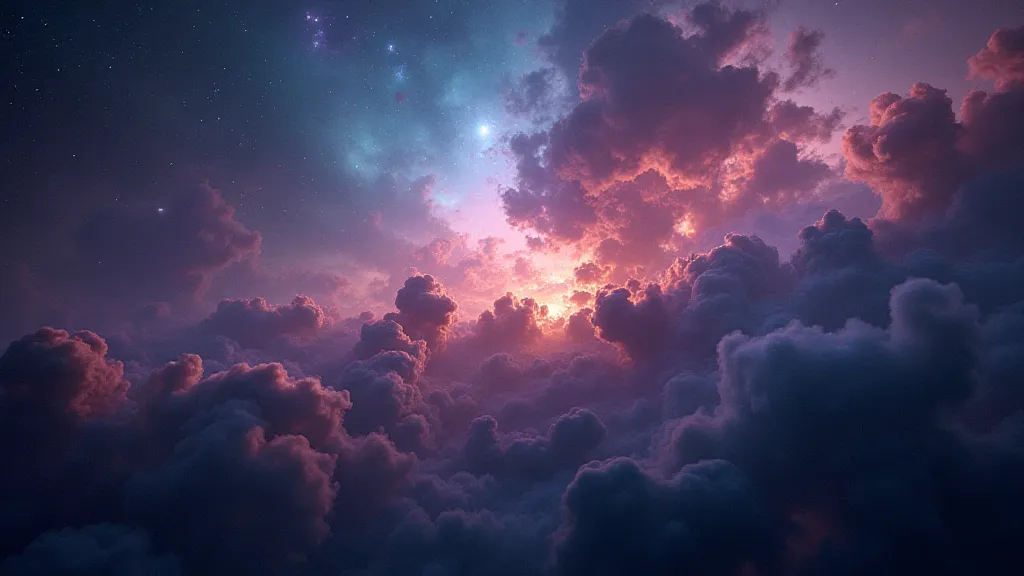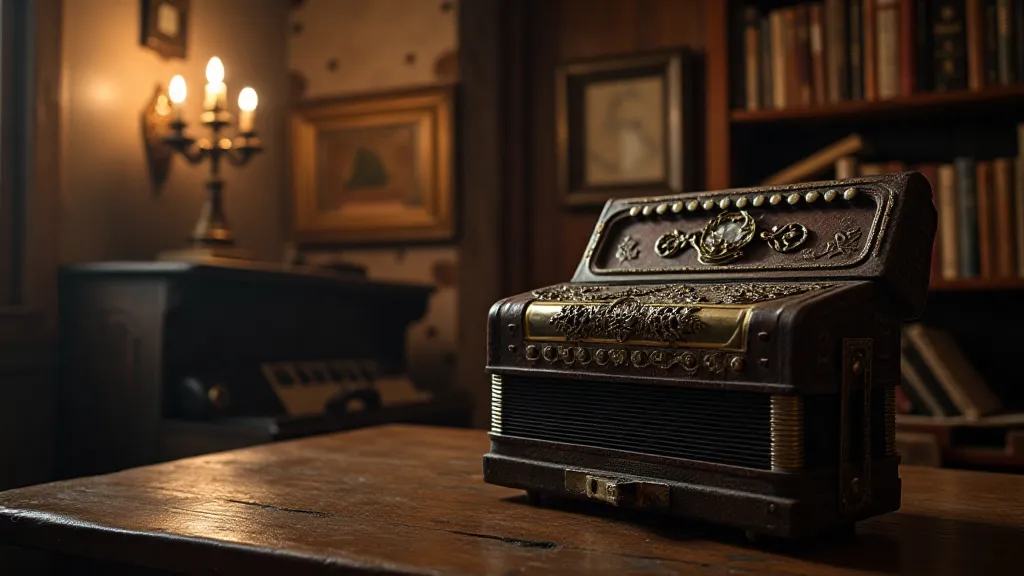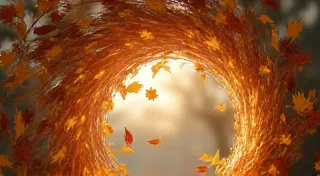Fractured Light: Recovering Detail from Challenging Skies
There’s a peculiar beauty in imperfection. Consider an antique accordion, its bellows patched with careful stitches, its keys worn smooth by countless hands. The cracks and repairs aren’t flaws; they’re evidence of a life lived, a story told in wood, leather, and metal. They speak of resilience, adaptation, and the enduring power of craftsmanship. Similarly, when tackling astrophotography, embracing the challenges – the hazy skies, the light pollution, the whisper of clouds – isn't about defeat; it's about finding the beauty within the fractured light.
For years, my attempts at capturing the Milky Way were met with disappointment. I’m a relative newcomer to astrophotography, having started with just a DSLR and a tripod. My early efforts yielded images that were, frankly, muddy and indistinct. The online galleries were filled with stunning, impossibly sharp pictures—images that seemed to taunt my fledgling attempts. I felt a familiar frustration, the kind that comes from wanting to create something beautiful when the universe seems to conspire against you. I almost gave up. But something – a stubbornness, perhaps, or a sense of obligation to the night sky – kept me going.
The truth is, perfect, crystal-clear skies are rare. Most of us don't live near dark sky preserves. We're working with what we're given – often a sky veiled by atmospheric turbulence, sprinkled with the glow of distant cities. This is where processing becomes more than just a technical exercise; it becomes an act of artistic interpretation, a way to coax the hidden detail out of the data. It's a little like restoring that antique accordion; careful cleaning, minor repairs, and a keen eye for what makes it special. The goal isn’t to erase the history, but to reveal the underlying beauty.

Understanding the Problem: Why Skies Aren’t Always Cooperative
Light pollution is the obvious culprit. Artificial light scattering in the atmosphere washes out the faintest stars and nebulae. Haze, even a thin veil of moisture, scatters light and reduces contrast. Atmospheric turbulence, often referred to as "seeing," distorts the image, making stars appear as fuzzy blobs. Clouds, of course, are the most frustrating – a seemingly innocuous patch can completely obscure your target. But even less obvious phenomena, like airglow (a faint emission of light in the upper atmosphere) can muddy the image.
When I first started, I’d just try to crank up the ISO and shutter speed, hoping to somehow compensate. This only resulted in more noise and a generally worse image. It was a seasoned astrophotographer, a member of a local astronomy club, who helped me understand the importance of targeted processing. He told me, “You can’t fix what isn’t there, but you can often reveal what’s hidden.”
Processing Techniques for Challenging Skies: Revealing the Hidden Detail
The key to rescuing images taken under suboptimal conditions lies in a layered approach to processing. No single technique is a magic bullet. It's about combining several methods to address the specific issues you’ve identified.
1. Dark Frame Subtraction and Flat Fielding
This is foundational. Dark frames capture the noise generated by your camera’s sensor, while flat frames correct for dust motes and vignetting (the darkening of the corners of the image). These seemingly technical steps significantly improve image quality and form a solid base for further processing.
2. Noise Reduction
There are several noise reduction techniques available. Simple luminance noise reduction can be effective, but be careful not to overdo it, as it can soften detail. More advanced techniques like wavelet transform noise reduction can target specific types of noise while preserving finer details. Think of it like delicately cleaning a dusty accordion key – you want to remove the grime without damaging the surface.
3. Gradient Removal
Light pollution often results in a noticeable gradient across the image, with the sky appearing brighter on one side than the other. Gradient removal tools can correct for this, creating a more even tone and revealing fainter objects.
4. Curves and Levels Adjustments
These are your primary tools for manipulating contrast. Careful adjustments to the curves and levels can bring out hidden detail and create a more visually appealing image. Experiment with different settings to find what works best for your specific image. It's akin to adjusting the tension of an accordion’s bellows to achieve the right tone.
5. Selective Color Adjustments
Sometimes, certain colors are masked by the overall noise and light pollution. Selective color adjustments can target specific color channels, bringing out subtle hues and revealing hidden details in nebulae and star clusters.

The Power of Stacking and Dithering
Taking multiple exposures and stacking them together is a game-changer. Stacking reduces noise and increases the signal-to-noise ratio, effectively making the image cleaner and more detailed. Dithering, a slight random shift between exposures, further reduces noise and eliminates hot pixels. While a simple single exposure can seem daunting to process, many exposures stacked together and painstakingly processed can yield truly stunning results.
Embrace the Imperfection – and the Story It Tells
Ultimately, astrophotography isn't about replicating the flawless images you see in magazines. It’s about connecting with the night sky, appreciating its beauty, and sharing your unique perspective. Those images taken under challenging conditions – the ones with a hint of haze, a touch of light pollution – they tell a story. They speak of perseverance, of adaptation, and of the beauty that can be found even in the most imperfect circumstances. Just like that antique accordion, bearing the marks of time and use, they are a testament to the enduring power of the cosmos and the human spirit that strives to capture its wonder.
Don't be discouraged by difficult skies. Learn from your mistakes, experiment with different techniques, and embrace the challenges. And remember, the most beautiful images are often the ones that tell a story – a story of resilience, perseverance, and the enduring magic of the night sky.






